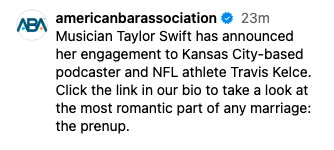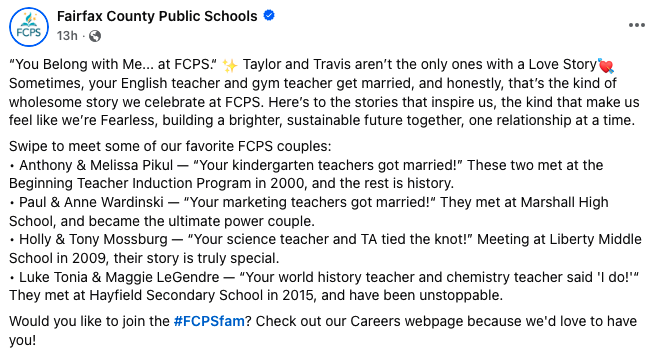Here’s a checklist to run through before you jump in:
✅ or 🚫 Mission Match: Does this align with our mission, values, or services? Or are we forcing it?
✅ or 🚫 Audience Relevance: Will our community find it engaging—or just confusing?
✅ or 🚫 Value Add: Do we have something original or helpful to contribute?
✅ or 🚫 Resource Check: Can we act quickly without pulling staff from priorities? Is it worth the time and dollars?
✅ or 🚫 Shelf Life: Will this hold up tomorrow, next month, or next year?
✅ or 🚫 Potential Harm: Who could this unintentionally hurt—individuals, groups, or our own reputation?
If you can confidently check yes to most of these, trend away. If not, sit it out.
And sometimes, it’s the tiniest details that make a trend really land, the kind of Easter eggs only big fans catch. Those are the moments that spark people to go back, re-read, and realize you were in on the joke the whole time.
Hopping on a trend can be smart, fun, and effective—but only if it’s authentic. The danger is in chasing relevance for relevance’s sake.
Consistency builds credibility. Trends should be the exception, not the strategy. When in doubt, lean on your mission, your values, and your voice. That’s what will keep your communications steady long after the latest meme has passed.


